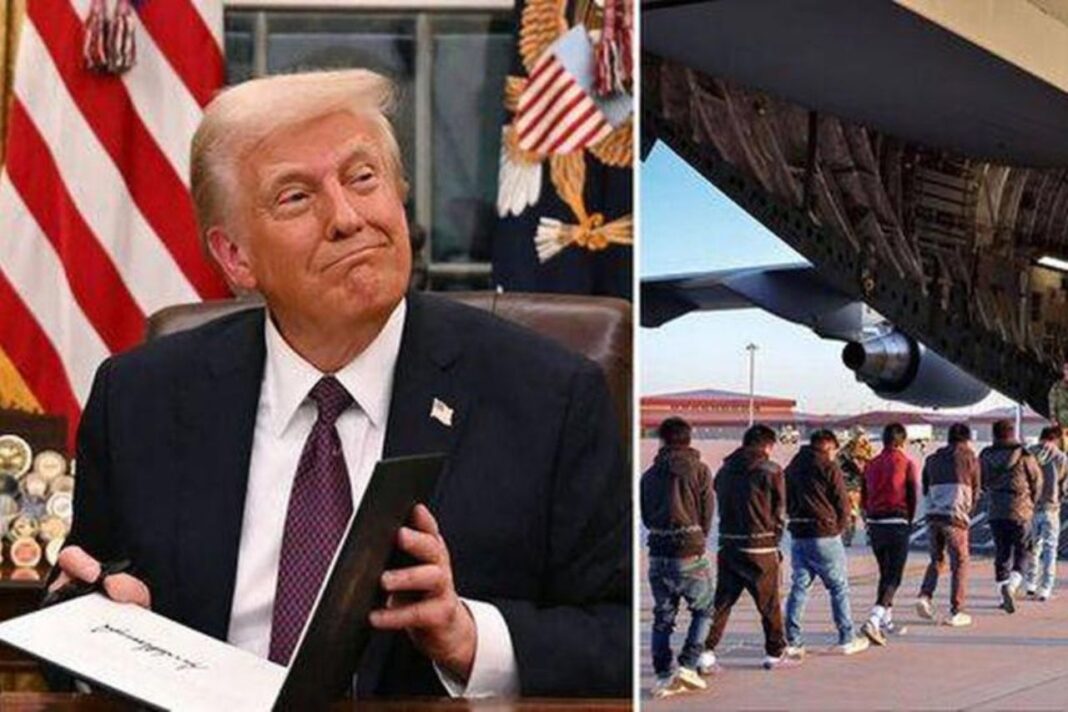Ever wondered how much a deportation flight costs? Here’s a surprising fact: recent figures reveal that President Donald Trump’s military deportation flights are costing taxpayers a whopping $4,675 per migrant. That’s nearly five times the price of a first-class commercial ticket, which averages just $853.
Despite this sky-high expense, the Trump administration remains firm in its approach, sending immigrants on flights from El Paso, Texas, to Guatemala. Deportation is a top priority for the administration, with no signs of slowing down.
High Costs and Harsh Methods
To put the costs in perspective, a U.S. Immigration and Customs Enforcement (ICE) flight, which carries around 135 deportees, costs $630 per person—a mere fraction of the military flights’ cost. Yet, plans are already in motion for the military to assist in deporting over 5,000 immigrants detained in El Paso and San Diego.
In just one week, the Department of Homeland Security reported the deportation of 7,300 individuals from various countries, with military planes becoming an increasingly common sight in Latin America.
But it’s not just the cost that’s raising eyebrows. The use of shackles and military aircraft to deport migrants has sparked outrage and unease in regions already sensitive to U.S. military interventions.
Diplomatic Tensions on the Rise
Over the weekend, Colombian President Gustavo Petro refused to allow two U.S. military planes carrying deportees to land in Colombia. In response, Colombia sent its own air force planes to retrieve its citizens, avoiding further controversy.
Meanwhile, Mexican President Claudia Sheinbaum clarified that recent flights landing at Mexico City’s airport were strictly civilian. Yet, Guatemala, which has accepted at least three military flights filled with deportees in a week, has remained publicly silent.
Danilo Rivera, head of Guatemala’s Immigration Institute, explained, “We cannot refuse them. It is our obligation to receive the migrants.” However, not everyone agrees. Jorge Santos, from the Guatemalan Human Rights Convergence, criticized the use of military planes and the practice of shackling deportees, calling for civilian-led deportations instead.
A Controversial Approach
“The use of shackles must not be a condition of this situation, nor chaining their feet and hands, much less involving military authority,” Santos argued.
As this contentious issue unfolds, the balance between enforcing immigration policies and respecting human dignity remains under scrutiny. With diplomatic tensions brewing and costs climbing, the Trump administration’s deportation strategy is sparking more questions than answers.


